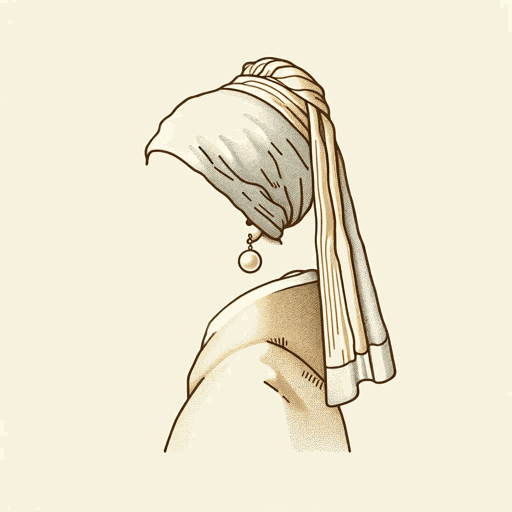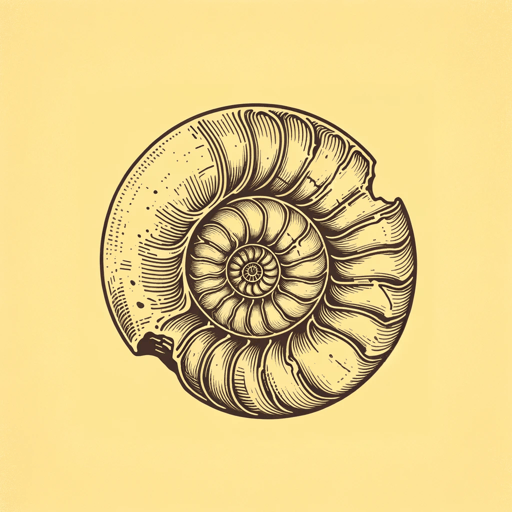44 pages • 1 hour read
Tracy ChevalierGirl With a Pearl Earring
Fiction | Novel | Adult | Published in 2000A modern alternative to SparkNotes and CliffsNotes, SuperSummary offers high-quality Study Guides with detailed chapter summaries and analysis of major themes, characters, and more.
Summary and Study Guide
Overview
In Tracy Chevalier’s Girl with a Pearl Earring, the subject of Johannes Vermeer’s most famous painting is brought to life. The “girl with the pearl earring” is Griet, the Vermeers’ housemaid, hired in particular to clean Vermeer’s studio without disturbing its order. For this task, Vermeer needs someone who is exceedingly careful and invested in his artistic endeavors, beyond the promise of (meager) payment. Griet is fascinated by Vermeer’s way of seeing the world, his masterful use of color and attention to detail. As much as the relative luxury she finds in the Vermeer household as compared with her own, she is attracted to the intellectual stimulation she sees glimpses of in the painter’s world.
In addition to telling the fictionalized story of how Girl with a Pearl Earring came to be painted, the novel is also Griet’s bildungsroman. The novel is divided into four parts, with each of the first three chronicling a year in Griet’s life, from when she is sixteen to eighteen years old, while the last section focuses on the period ten years later, after Vermeer has died. In Part One, “1664,” Griet is a naive sixteen-year-old, forced to take a job as a maid because her father has lost his job as a tile painter, having been blinded in a kiln explosion. She leaves home with little knowledge of the ways of the outside world, but on the cusp of her sexual maturity, and negotiating the uncertainty of being a Protestant thrust into a Catholic household with little previous exposure to anyone who does not share her religious upbringing. As a maid for the Vermeers, she meets the young man, Pieter, who will eventually become her husband and endures the death of her younger sister, which serves to further test the close family bonds that marked Griet’s early years.
Part Two, “1665,” chronicles the year Griet turns seventeen and is structured by the episodes of her artistic education with Vermeer. As his assistant she learns about grinding the colors for his paints as well as some of the technical and visual skills necessary to paint well. As her relationship with Pieter develops, so does her devotion to Vermeer, and this section of the novel is marked by the conflict she feels between Pieter’s desire and Vermeer’s allure.
Part Three, “1666,” focuses on the first few months of the year, ending on Griet’s eighteenth birthday in March, which is also the day of her last sitting for Girl with the Pearl Earring. The pearl earrings she wears for the painting belong to Vermeer’s wife and when she finds out about her maid wearing her earrings, she explodes in a rage that sends Griet out of the household for good.
Throughout the years Griet is employed in the Vermeer household, readers are witness to the painful but also stimulating education Griet receives about her own social position as a maid and the limited choices she can make. We are also witnesses to Griet’s attempts to wrest what little control she can for herself and watch her consider and reject or accept the paths open to her, ultimately choosing the most respectable path, one that secures her place in the community and provides for her parents in their old age.
In addition to being a meditation on artistic vision and genius (and its costs), the book is also an examination of the limits placed on women in seventeenth-century Dutch society and how they negotiate them according to their social positions. While it seems, at first that Griet is in a more limited position as a working-class woman, and a maid in particular, her observations of the bourgeois women around her reveal the strict limits of their lives as well. As Vermeer’s model, van Ruijven’s wife (whose own name is never given), for example, symbolizes how women of her class are merely ornamental. She is the perfect model and, symbolically, the perfect woman, because of her ability to sit still, quietly, without thinking. In her attempts to please her “master”, Griet apes this behavior, learning to sit without thinking while Vermeer paints her. Though she resists being seen as an object throughout the novel, in the context of the painting she embraces just that and learns a painful lesson from it when, once the painting is complete, Vermeer dismisses her and, later, does not defend her for doing precisely what he demanded she do.
The final section of the book, “1676,” shows us the mature, married mother of two who has left behind her unrealizable desire to move within Vermeer’s world. When, after Vermeer’s death, his wife gives Griet the pearl earrings that were at the center of both Vermeer’s masterpiece and the domestic upheaval it caused, instead of keeping them and the world they represent to Griet, she sells them to settle the debt Vermeer owes her and the debt his family owes her own.


